Attraction Links - Walking in Lukang
Lukang not only has historical sites and temples,
but also many young people start businesses and show their infinite creativity in old houses hidden in alleys!!

In order to make tourists who come to Lukang to experience the charm of Lukang's new life in old house, we have specially planned a circular route with Hexing Youth Innovation base as the main axis.
We hope that by combining historical attractions, traditional snacks and new life in old house enables every tourist who comes to Lukang to stroll through the alleys and feel the new life of the old house in Lukang.

Introducing attractions
1. Hexing Youth Innovation Base and Police Station

The Changhua County Government has transformed the old dormitory group into a base for youth innovation, presenting a diverse look that integrates traditional and modern culture, show the creativity and vitality of young people in Changhua.
2. Yi Building

Yi Building was the attic of the Chen family of the largest merchant "Qingchanghang"(慶昌行) in the “Xia guild”(廈郊) during the Qing Dynasty. There are the most beautiful brick-carved window grilles in Lukang, and there is a story of a sad woman who can't wait for her husband to come home.
3. Jiu-Qu Lane

The ancient streets of Lugang form curved alleys, which were naturally formed when residents built houses along the river in the early settlement development. The curved alley has the function of preventing wind and sand. Walking in the winding alley in winter is as quiet and warm as spring.
4. Shi-Yi Bulding
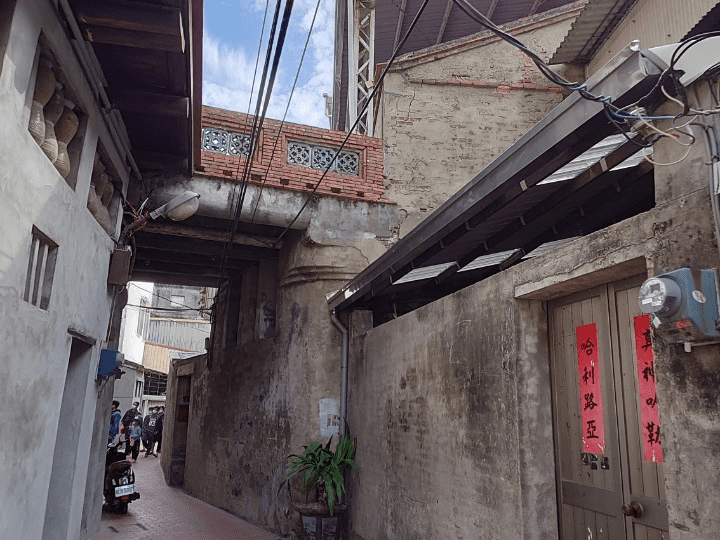
The Shi-yi Building and the Yi Building are both the houses of the Chen family of "Qingchanghang"(慶昌行). Shi-yi represents ten kinds of activities suitable for engaging in "qin (music), chess, poetry, wine, painting, flowers, moon, gambling, tobacco, tea". It was also a gathering place for poets and writers in the Qing Dynasty.
"Jinsheng Lane Shi's house”
5. Liye Tea Pottery
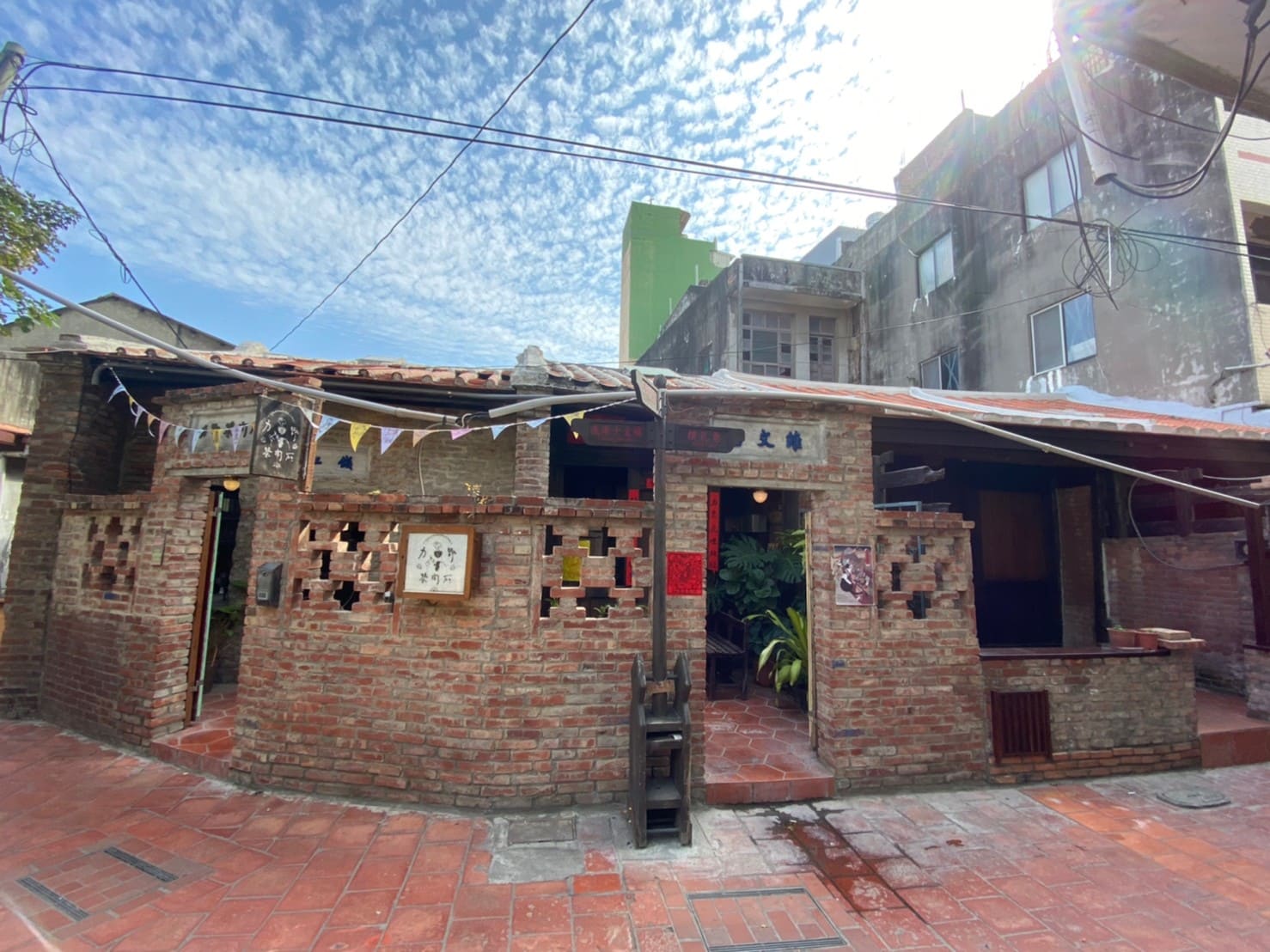
Liye Tea Pottery is a tea, pottery, and pottery course full of pottery flavors.
6. Vermicelli soup
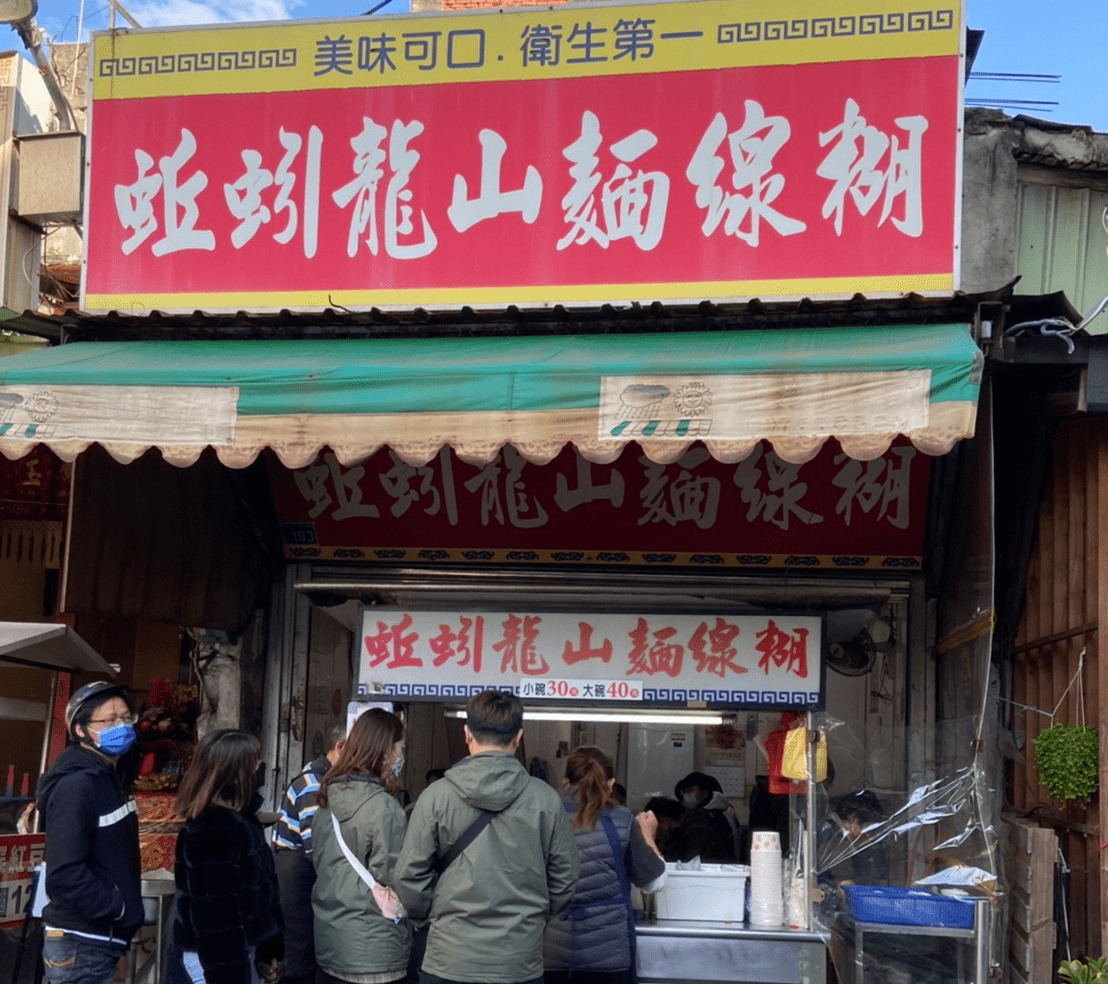
Vermicelli soup is a traditional food in Lukang, almost every Lukang person will eat it from childhood to adult. Lukang vermicelli soup have a better taste, add meat pieces, and the gravy is blended into the soup.
7. Traditional Tapioca jelly with shaved ice
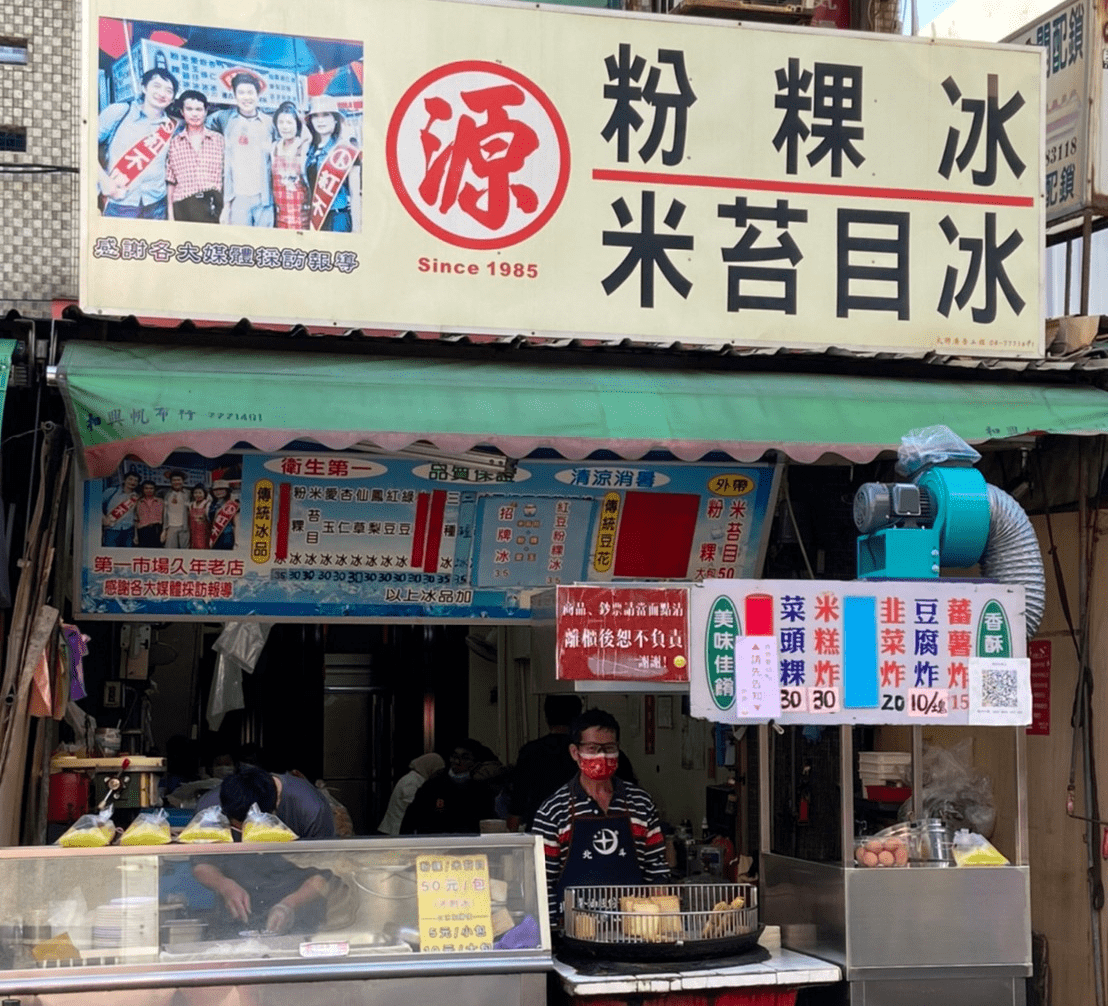
Tapioca jelly is made from tapioca flour into jelly A traditional dessert usually eaten by Taiwanese in summer Put other ingredients such as Tapioca jelly or red beans on the shaved ice, it becomes the best choice to cool off in summer
8. He-Qi Villa
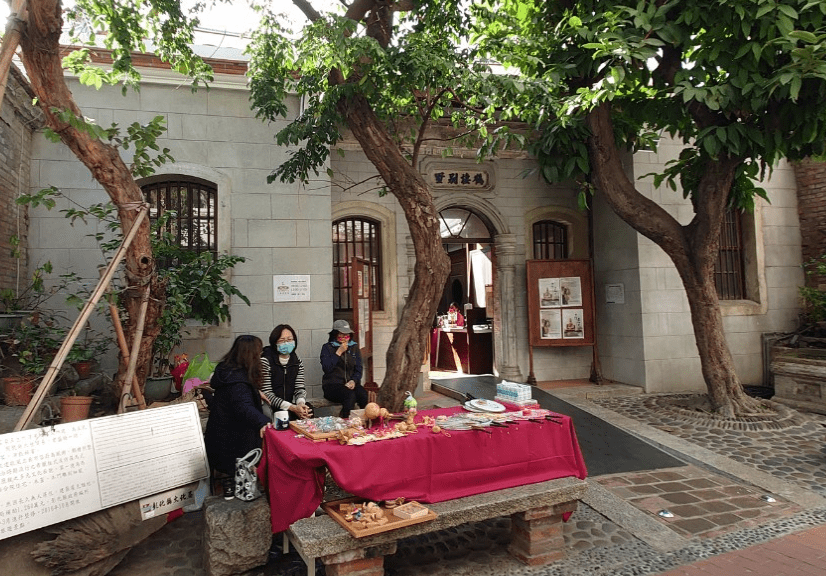
The main body of He-Qi Villa is a garden-style building. Its style belongs to the eclectic style of southern Fujian and Western countries. It is the former residence of Wang Huang(王煌), a rich man in the late Qing Dynasty. It is now the "Craft Exhibition Hall", which presents Lukang's outstanding craftsmanship.
"Changyuan Hospital" 9.Aiyu Pudding Shop

Established an image museum and specially developed and produced exclusive items linked to images, like camera modeling Aiyu
10. Yu Jen Jai-
Pastry shop
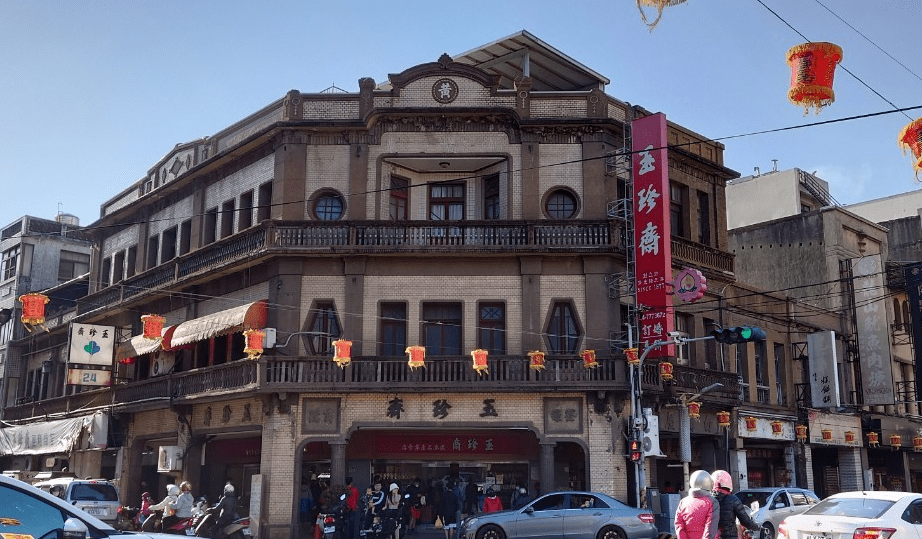
Established in 1877 as a well-known traditional bakery in Lukang. The Lukang Founding Store building has been listed as a historical monument.
11.Ding Mansion
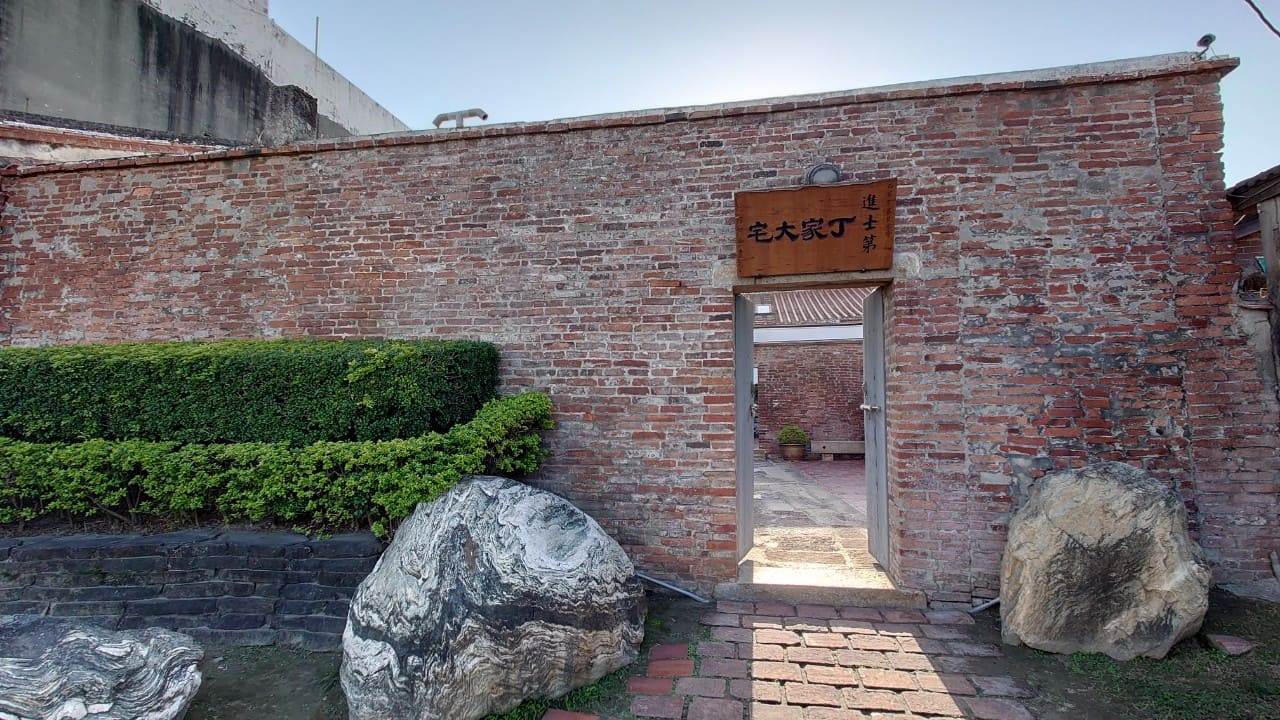
Ding Mansion is the most completed street house preserved in Lukang. The first building of Ding Mansion is around ten meters long. The patio in this building provides both ambient light and ventilation.
12. Lukang Folk Arts Museum

In 1919, Gu Xianrong(辜顯榮) built this villa. In 1973, the Gu family donated the building to set up the Museum. The permanent exhibition hall in the museum displays more than 3,000 pieces of Lukang local cultural relics.
Supplementary Instructions:
Stores No. 5 and No. 9 are the Changhua County Government, in order to promote the new life of the old house after the renovation, and signed a 5-year use contract with the old house owner to support young people to start their own businesses. Young people who run old houses do not need to pay rent, but they must hold cultural and artistic activities to provide free participation for the public in exchange for the right to use the old houses.The same model as Hexing Youth Innovation Base.
Article Source

